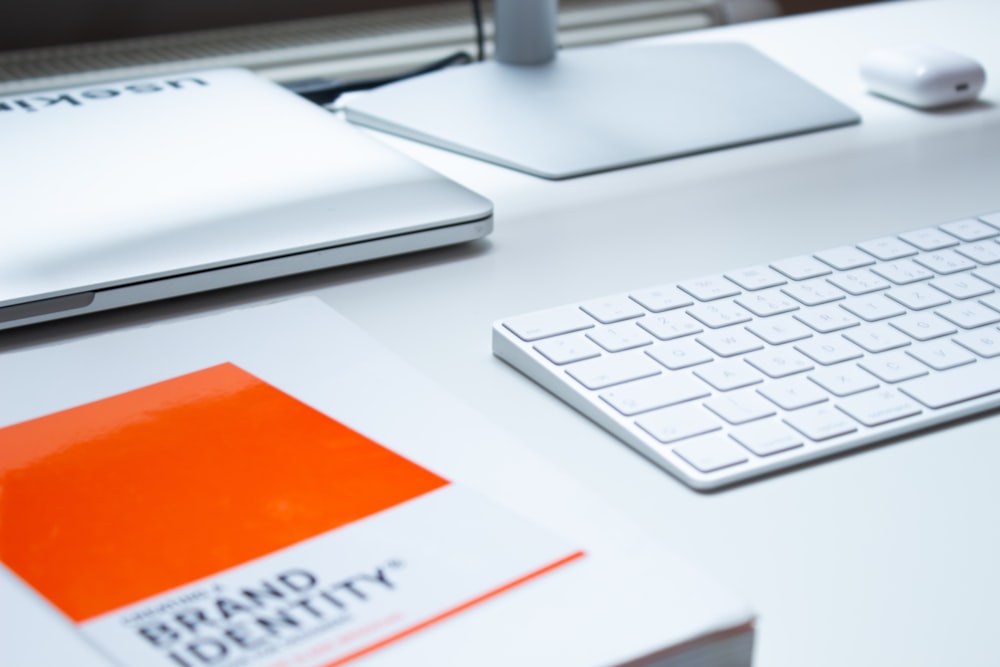5 Proven Best Practices to Personalize Your Branding Assets
In a dynamic market, branding initiatives are no longer only a thing for established players. Even new and relatively small businesses invest in them to stand out amid the competition. The effort is worthwhile because branding makes your business recognizable, memorable, and relatable. When they start their purchasing trips, your target audience is probably going to remember your brand and merchandise.
A 2022 survey found that 62% of consumers thought a brand would lose their business if it did not provide a personalized experience. That represents a notable rise over the 45% seen the year before. The takeaway is unequivocal: companies must tailor their offerings to individual customers, including product recommendations and branding elements like voice, language, color scheme, and logo.
Making your branding materials unique might help you stand out in a crowded market and establish a close relationship with your target audience. We’ll go over a few tried-and-true recommended practices in this post for personalizing your branding materials.
Have an In-Depth Understanding of Your Audience
According to a Salesforce survey, personalization is crucial since most customers believe that firms are aware of their unique needs. This emphasizes how important it is to have a thorough grasp of your target market. Before personalizing your branding asset, conduct market research to identify their demographics, pain points, preferences, and behaviors.
The next stage is to create comprehensive buyer personas that reflect various audience segments. Surveys, client comments, social media analysis, and website analytics are useful tools for obtaining audience insights that you can utilize when creating your branding materials. You benefit from this data-driven approach in terms of personalization.
Tailor Messaging and Tone
Once you know your audience, you can comprehend what they expect from your business. Make use of this knowledge to tailor your messaging so that it speaks to the needs, goals, and values of your intended audience. For optimal impact, your brand’s messaging should speak their language and target their particular pain spots.
Also, align the tone of your branding assets to match the preferences and personality of your target audience. For example, a B2B company should use a formal and authoritative tone to resonate with business decision-makers. Conversely, a beauty brand should stick with a casual tone. Either way, ensure consistency across all communication channels.
Design Visual Elements
According to statistics, 65% of people are visual learners. The number underscores the significance of tailoring visual elements of your branding assets. Everything visual, including your company’s logo, color scheme, typography, and images, should communicate your brand’s identity to and appeal to your target market.
For instance, a more mature audience would benefit from a traditional and beautiful aesthetic, whilst youthful demographics would benefit more from bright colors and trendy designs. Visual components of your brand should be easily recognizable on all platforms, including your website and offline materials like billboards, banners, and mascots. You can also explore the option of custom rubber stamps made easy by a provider specializing in them.
Rubber Stamp Champ notes that custom-made rubber stamps serve as a perfect tool for businesses to write their messages quickly and effortlessly. You can use one to stamp documents, business cards, envelopes, and merchandise.
Update Periodically
When designing personalized branding assets, you cannot take a set-and-forget approach. Over time, your target audience and their expectations may change. Similarly, you may realign your product offerings, goals, and strategies in the evolving market. It means you need to refresh your brand to ensure relevance.
Review your brand assets regularly and update them if they do not seem to be in tandem with your current audience and business outlook. Consider using a brand refresh checklist to implement changes without going too far. You can also establish a brand evolution timeline to plan and execute updates in your branding assets.
Ensure Legal Protection
You may have done all the hard work to personalize your branding assets for a unique flair, but it is only half the work. What if someone copies or infringes on them? With generative AI posing serious threats to intellectual property, protecting your branding assets has become more important than ever. You must do it to secure your brand’s value and reputation.
Once you design custom assets like your logo, name, and slogan, you should register and trademark them. It prevents other businesses from copying or infringing on your valuable assets. At the same time, commit to respecting the intellectual property rights of other businesses and avoid using their assets without permission.
In summary, personalizing branding assets is not an easy feat. It requires a thorough grasp of your audience and a creative approach to tailor your brand’s messaging, visual elements, and content according to their expectations and pain points. However, the time and effort invested in personalization is worthwhile because it sets up your business for success.
Information contained on this page is provided by an independent third-party content provider. Frankly and this Site make no warranties or representations in connection therewith. If you are affiliated with this page and would like it removed please contact [email protected]


